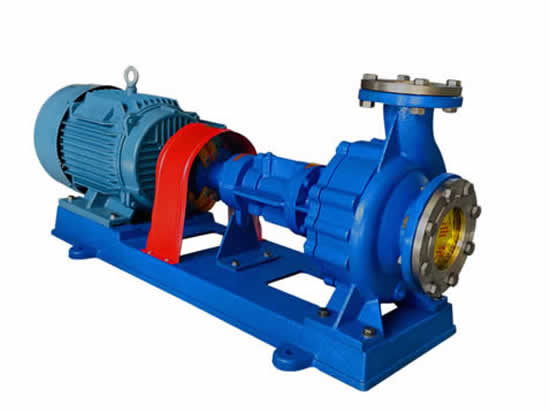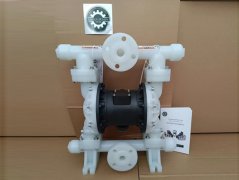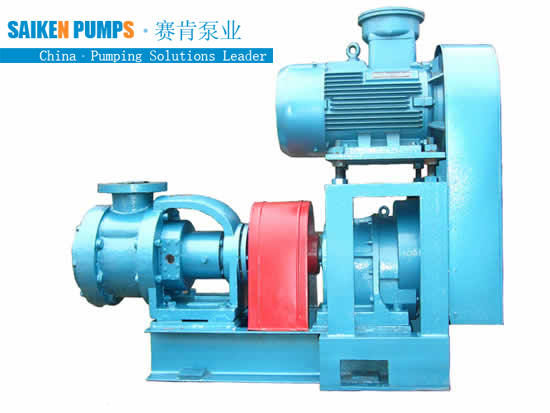Introduce the development direction of gear pump hydraulic transmission system
The gear pump hydraulic transmission system is developing in the direction of fast response, small size and low noise. In order to meet this requirement, in addition to actively taking measures to maintain its dominance in medium and low pressure quantitative systems, lubrication systems, gear pumps still need to develop in the following directions:
(1) Large displacement; For some systems that require fast movement, large displacement is necessary. However, the increase in displacement of ordinary gear pumps is limited by many factors. In this regard, the balanced compound gear pump has significant advantages. For example, the displacement of a three-idler compound gear pump is equivalent to the displacement of six single pumps with the same external dimensions.
(2) Low flow pulsation: The flow pulsation of the gear pump hydraulic transmission system will cause pressure pulsation, which will cause the system to produce vibration and noise, which is inconsistent with the requirements of modern hydraulic systems. In addition to the measures described above, the method of reducing flow pulsation is a trend in Caichuan compound multi-gear pumps.
(3) Variable displacement; the displacement of the gear pump is not adjustable, which limits its scope of use. In order to change the displacement of the gear pump, scholars at home and abroad have carried out a lot of research work and obtained many research results. There are many patents on variable displacement of gear pumps, but few can be transformed into products. The balanced compound gear pump can change the displacement of the pump by adjusting the speed meter of the internal gear, but the specific method and structure need to be further studied.
(4) High pressure: High pressure in the gear pump hydraulic transmission system is required by the system, and it is also a problem that must be solved in the competition between gear pumps, plunger pumps and vane pumps. The high-pressure work of gear pumps has made great progress, but due to the limitation of its own structure, it is very difficult to further increase the working pressure, and a new structure of gear pump must be developed. In this respect, a compound gear pump composed of multiple gears will have great advantages. Many domestic researchers have conducted research on this and have achieved remarkable results.
(5) Low noise; “quiet” hydraulic pumps have long been said abroad. As people's awareness of environmental protection increases, the noise requirements of gear pumps are becoming more and more stringent. The noise of the gear pump is mainly composed of two parts, one part is the mechanical noise generated during the gear meshing process, and the other part is the hydraulic noise generated by the impact of trapped oil. The former is related to gear processing and installation accuracy, while the latter mainly depends on the thoroughness of the pump unloading. For external gear pumps, it is very difficult to achieve complete unloading, so further reduction of pump noise is subject to certain restrictions. In this regard, internal gear pumps have received general attention due to their stable operation, no oil trapping, and low noise. In particular, internal gear pumps with linear conjugate tooth profile have received much attention due to their stable operation and low noise. Favor is becoming the focus of research.





 +8617731766260/18233754501
+8617731766260/18233754501  fan@saikenpumps.com
fan@saikenpumps.com










 +8617731766260/18233754501
+8617731766260/18233754501 +86-317-8227664
+86-317-8227664
 +8618233754501
+8618233754501